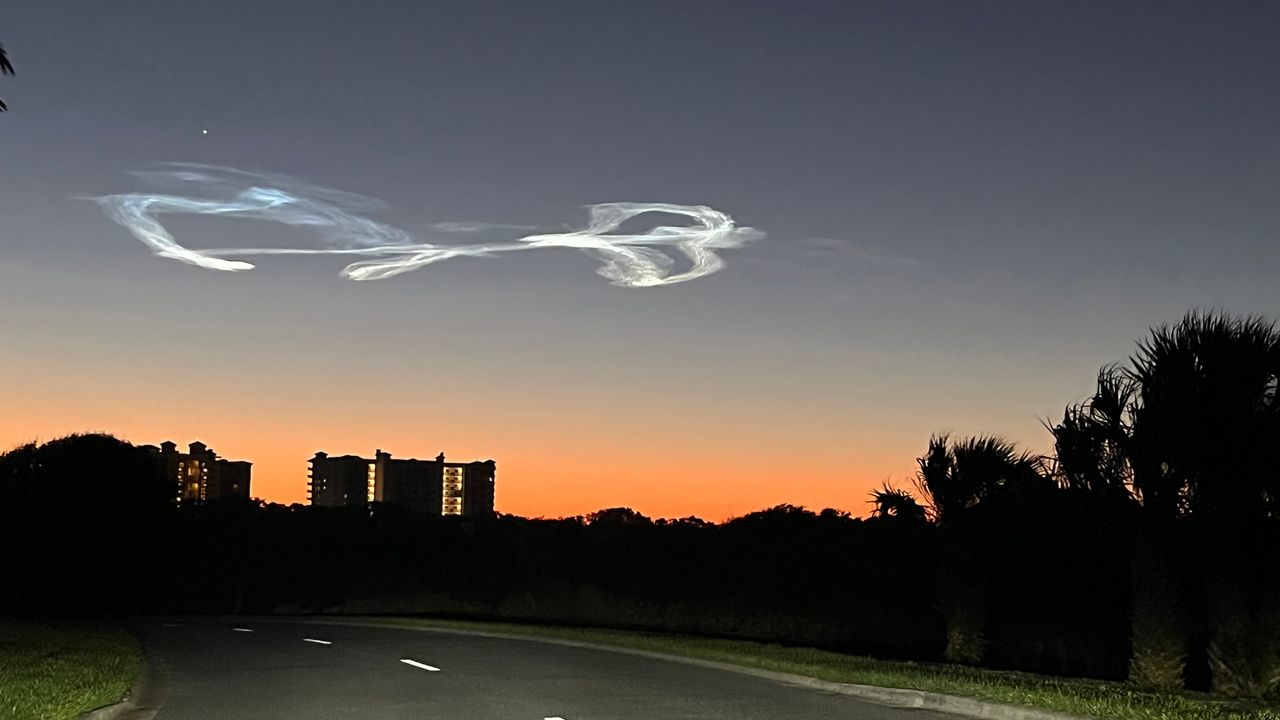FLORIDA — It is not uncommon to see a SpaceX launch, but what gives many a surprised delight is when the company’s famed Falcon 9 rocket creates the jellyfish effect.
This was seen Thursday morning in many parts of the Space Coast and as far as the Tampa Bay area during a Starlink launch.
What You Need To Know
- Meteorologist Maureen McCann described how the conditions were perfect for jellyfish effect
- The Starlink 10-52 mission saw 28 satellites launched into low-Earth orbit
- There are more than 8,600 Starlink satellites orbiting Earth
- RELATED coverage: SpaceX launches nearly 30 Starlink satellites
The jellyfish effect is when the Falcon 9 rocket’s (or any rocket’s) exhaust plume grows and creates a jellyfish-like “cloud” from the exhaust that has a glowing appearance if the launch is near dawn and dusk.
Spectrum News 13’s morning meteorologist Maureen McCann described how the conditions were perfect for Thursday’s jellyfish effect.
“We had mainly clear skies this morning, which led to great visibility of this morning’s rocket launch. Skies remained clear closer to sunrise, so it was easy to see an unusual cloud left in the sky that resulted from the residual exhaust plume from the rocket. It was illuminated by the sun, which was still below the horizon at the time,” she stated.
First Appeared on
Source link













